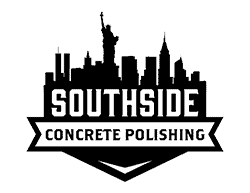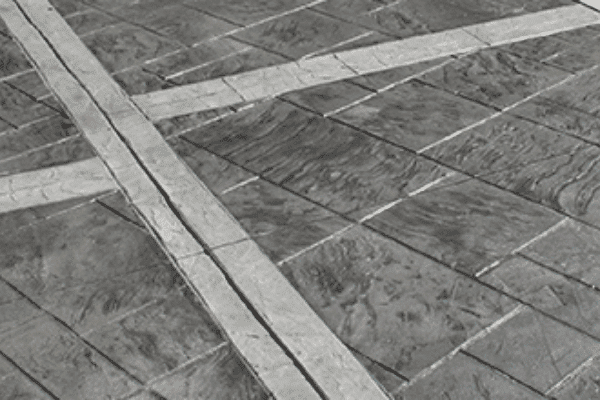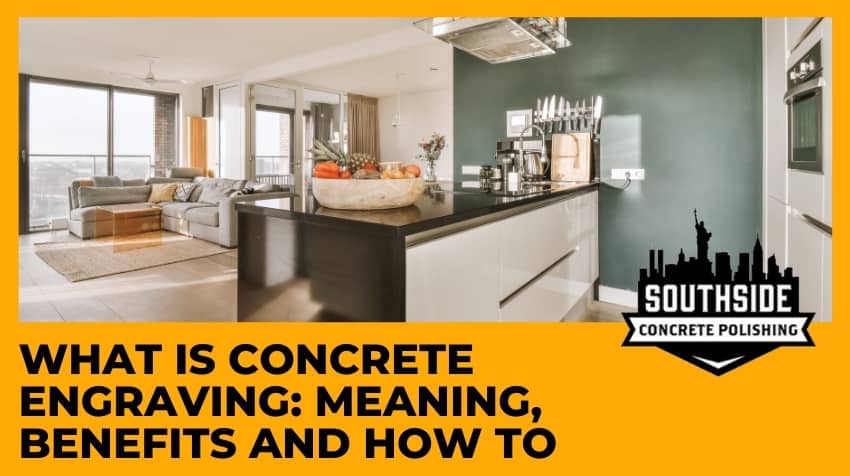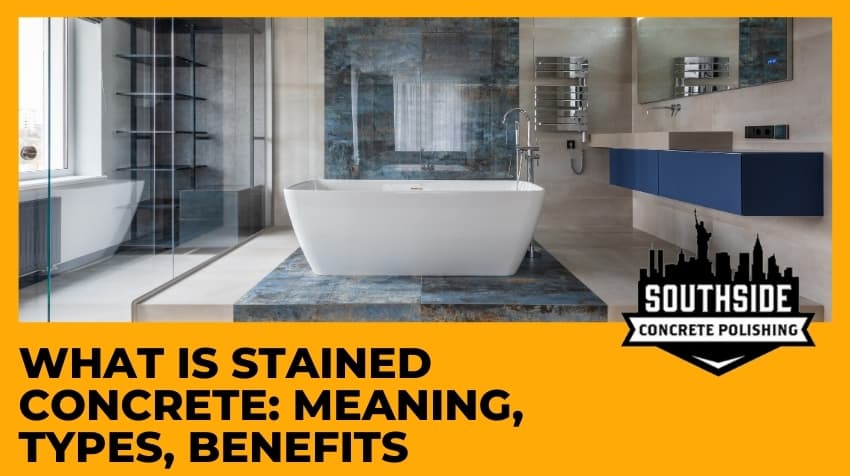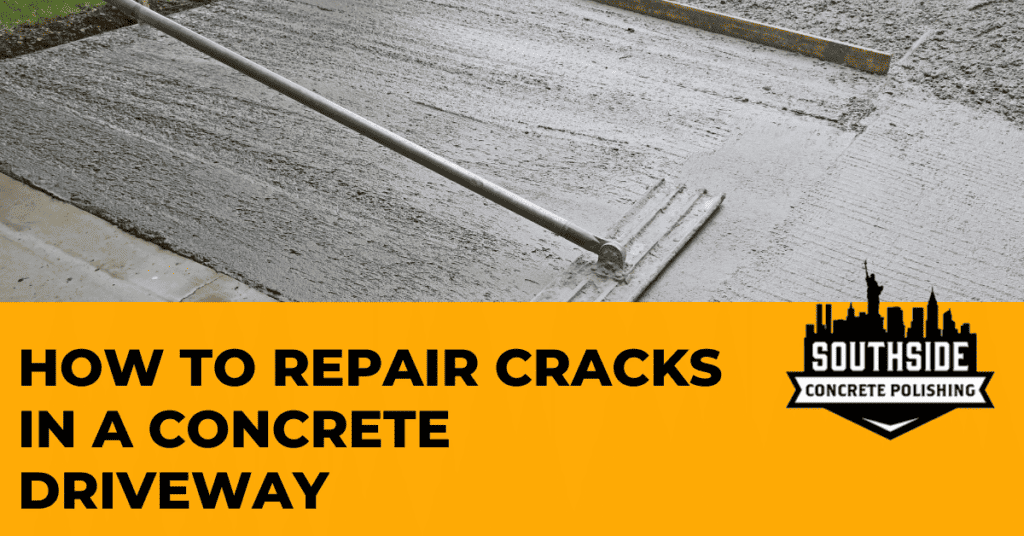For some, the idea of a concrete overlay suggests that you’re cutting corners or trying to take the cheap route. While less expensive, concrete overlays can be just as strong and long-lasting, if not more so than poured slab concrete. Modern decorative floor overlay options can include epoxy resin and other additives to increase the beauty, function, and versatility of your durable concrete overlays.
It’s important to remember that decorative techniques don’t detract from your concrete overlay’s overall durability and structure. In fact, the techniques that make them decorative are often the reason they’re more durable than past generations of similar techniques.
What is a Durable Concrete Overlay?
After a slightly damaged or worn concrete surface is properly prepared, you can lay a relatively thin layer of concrete over it, and sculpt, stain, or manipulate it to create an artistic surface. If all preparation steps are followed, there is no reason that an overlay doesn’t last many years.
However, if there are shortcuts taken in preparing the surface, the overlay can begin to delaminate or pull away within a short period after installation. Your concrete surfaces are an investment in your home. Ensuring that your chosen contractor crew performs its services with attention to quality will protect that investment.
Damage resistant additives also help increase the durability of concrete overlays by adding things that help preserve the integrity and beauty even through chemical spills, hard drops, and freeze-thaw cycles. Modern overlays can include aggregate to increase safety or can be made with polymers to seal the pores that naturally occur in concrete. You can also add in color pigments, and more.
Proper Preparation
It can not be overstated the importance of preparation in the process of any concrete floor overlay option. Every bit of debris and anything that could break the overlay bonds leaves it susceptible to damage early in its service life. Most often, failure of an overlay manifests as delamination or cracking.
Some concrete floors with minor cracks, low points, or stains can be cleaned up, lightly sandblasted, and an overlay applied directly after cleaning the naturally porous surface. If the base surface is sealed or has extensive damage, then the sealant needs to be removed through stronger means. This could involve sandblasting, scarification, or diamond grinding. Any cracks, chips, crumbling, and other damage needs to also be repaired.
Decorative Floor Overlay Options
As mentioned earlier, many additives can be included for extra durability. Plain poured concrete stains easily and can be etched and pitted by salts and chemicals. Polymer resins, sand, and other decorative overlay options can be added to prevent damage. Epoxy and resin are easy to clean, self-leveling, and naturally resistant to UV, chemical, and temperature damage. Overlays can be installed as thin as a credit card, or up to several inches thick.
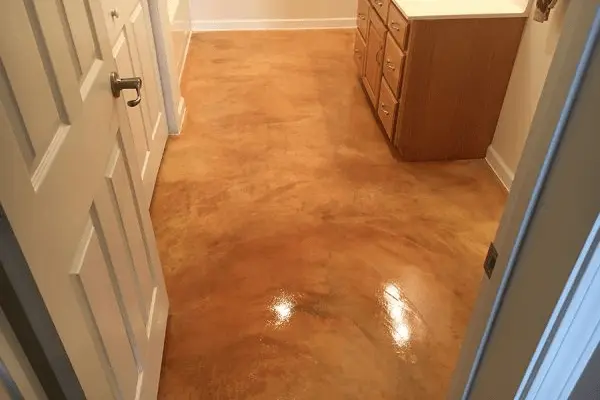
Epoxy Polymer Coating Overlay
Epoxy adds a naturally waterproof barrier over any surface that it’s added to. If you need your concrete surface refreshed and waterproofed, this is the option you’ll want to discuss with your contractor. You can choose a straight epoxy coating overlay, which will be shiny and can be pigmented to add color.
Epoxy can also be added to the concrete to maintain the appearance of a traditional concrete surface while adding the damage resistance of epoxy. This is an option if you are hoping to prolong the life of a high traffic area or reduce the long-term maintenance of an exposed surface.
Micro-Topping Overlay
Sand is a naturally abrasive material. It’s often used for traction on slick surfaces, and it’s sometimes used in industrial cleaning. Adding sand to concrete creates a new texture that can be used to increase the traction on the surface. Adding aggregates, such as sand, you can also change the way that concrete reacts to extreme weather patterns.
The addition of different sands and other aggregates can also change the color, texture, and properties of the concrete surface. You can add bits of colored glass and create a decorative canvas, or you can add different colored sands that make for new patterns.
The addition of an aggregate can also alter the consistency of the concrete, making it easier to manipulate for decorative sculpting. You can stamp patterns, or sculpt details into mixed aggregate concrete much easier than straight or poured slab concrete.
Micro-Toppings are typically applied in a very thin layer. This allows them more flex than a thick or dense layer of concrete. The coarseness of the grit will depend on the intended purpose and the request of the customer.
Stampable Overlays
This is the most commonly chosen option because it can be used to create the illusion of other building materials. You can stamp concrete to look like brick, stone, wood, and more. You can also paint, dye, or otherwise color the stamped concrete to mimic other materials realistically while maintaining the durability and strength of concrete.
Stampable concrete overlay techniques are a relatively inexpensive option to achieve a spendier look without having to source more expensive materials. Artists who excel at their task in stamping concrete take pride in achieving realism from concrete.
Self-Leveling Reparative Overlay
When your surface has quite a lot of damage, it’s best to clear the debris and select an option to fill in the cracks and stabilize your initial slab’s structure. Using a self-leveling concrete to repair the breaks in your concrete will prevent further damage from settling ground, freeze-thaw cycles, and more. You can add another layer of decorative overlay after this reparative layer has cured fully.
Another major benefit of the self-leveling concrete is that it fills in wear and tear gaps, creating a fresh, clean surface for future projects. This method can be applied in thick layers or thin maintenance layers. This is a versatile and inexpensive way to make repairs that can be left plain or added onto for decoration.
Multipurpose Overlay
This is a combination of techniques to create unique and artistic variants to your boring and drab concrete surfaces. This is the perfect option for texturing your concrete, adding decorative elements, adding visual interest to the surface, and other design aspects.
Highly skilled concrete artists can even make multipurpose overlays look marbled, carved, or other decorative designs. Concrete artists enjoy working with multipurpose overlays because they can create texture and visual interest with non-traditional tools, including but not limited to brooms, trowels, and other hand tools.
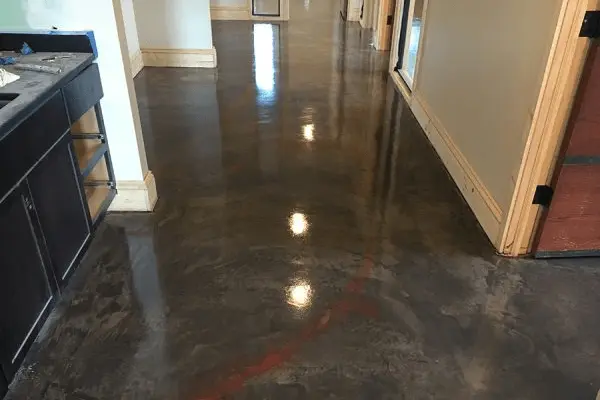
The Southside Difference
Southside Concrete Polishing has generations of experience and expertise in every aspect of concrete restoration, and flooring solutions. We’re very proud to have worked with contractors, architects, designers, and other industry professionals all around New York City for over three decades. You can see our work in a variety of settings, from automotive showrooms to medical offices, educational facilities, and more.
Give us a call or drop us an email to schedule your free consultation and discuss your project needs. Our techs are eager to work on your project, not only taking pride in the quality of their work but in the success of realizing your vision. We will tour your job site and discuss any concerns we have about making your idea come to life. We work hard to avoid any surprises in the estimate to the billing process. For the most accurate quote, we will have a tech on-site to assess the needs of your space.
Share This Post
